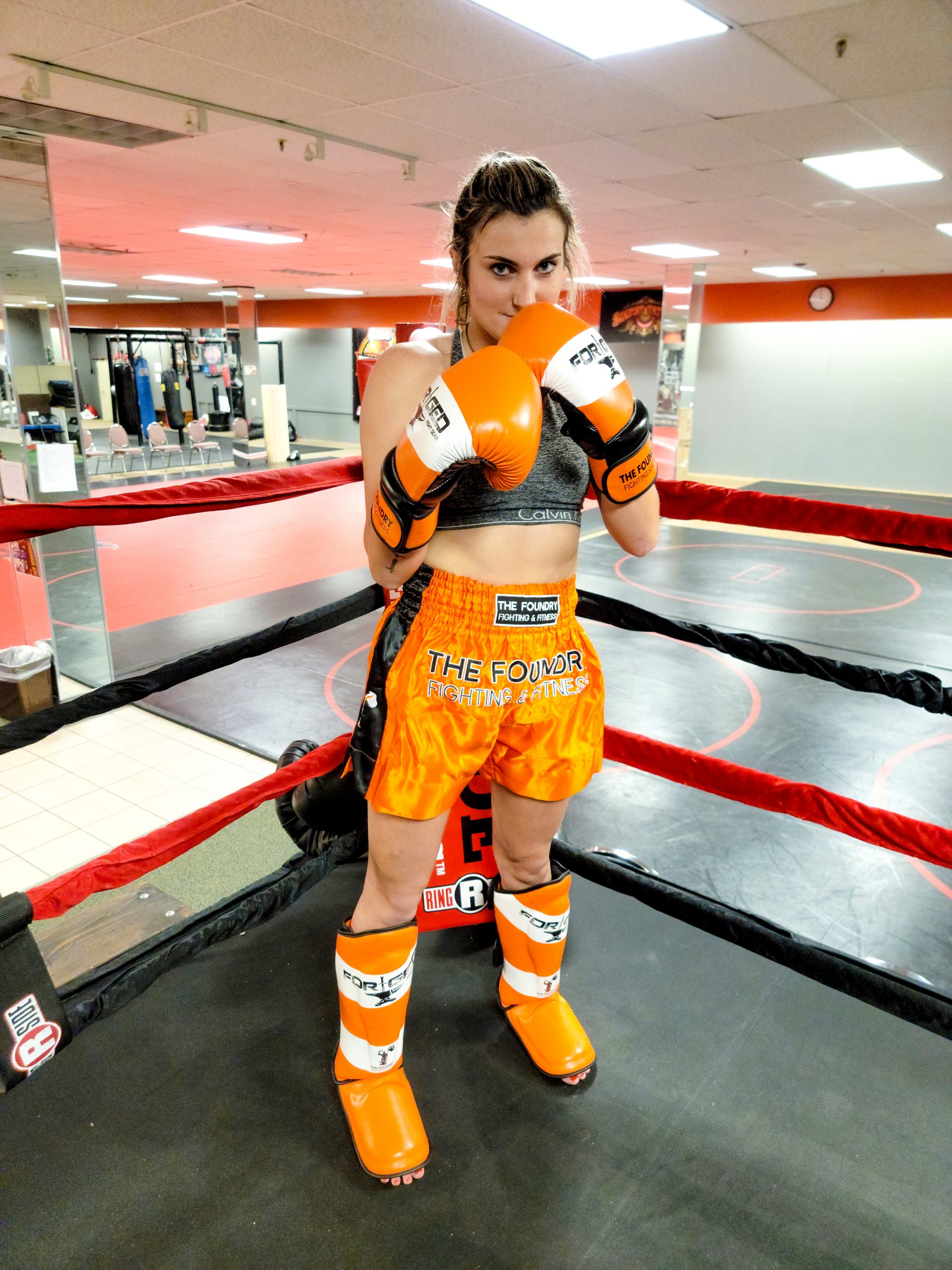Muay Thai, also known as Thai boxing, is a martial art that originated in Thailand. It is known for its focus on stand-up striking and clinching techniques, and is often referred to as “the art of eight limbs” because it makes use of punches, kicks, elbow strikes, and knee strikes, as well as the use of the hands, shins, and forearms for defense.
Muay Thai training typically involves a combination of cardio, strength, and technique work. A typical training session might start with a warm-up, which could include running, jumping rope, or shadowboxing to get the heart rate up and prepare the body for training. Next, the trainer might focus on pad work, where a partner holds pads and the fighter practices strikes, kicks, and combinations. This helps to build power and accuracy in the strikes, as well as improve cardiovascular fitness.
After pad work, the session might move on to technical training, such as drilling specific techniques or working on a specific aspect of the fight game, such as defense, clinching, or grappling. After the technical training, the fighters typically do a few rounds of sparring. Sparring is an essential part of Muay Thai training, as it allows the fighters to put their techniques into practice in a live setting and get used to the speed and unpredictability of a real fight.
In addition to the physical training, Muay Thai fighters also work on mental preparation. This could include visualization exercises, breathing techniques, and meditation to help fighters stay calm and focused under the pressure of a fight.
Muay Thai training is often intense and physically demanding, but with consistent training, it can lead to significant improvements in strength, endurance, and overall fitness. Additionally, Muay Thai training can also help to increase self-confidence, discipline, and self-defense skills.
Muay Thai gyms vary in their training programs, but most have several training sessions per day and will have experienced trainers to guide you through the training. It’s essential for beginners to start slowly and not overdo it, and to increase the intensity of training gradually as the body adapts to the training.
It’s also important for fighters to rest and recover adequately between training sessions to avoid injury and overtraining. This often includes stretching, foam rolling, and getting enough sleep and eating nutritious foods.
In general, Muay Thai training is a great way to get in shape, learn self-defense, and also be part of a community. Many people find it a fun and challenging way to improve their overall fitness, while others take it more seriously and go on to compete in amateur or professional fights.

|
|

